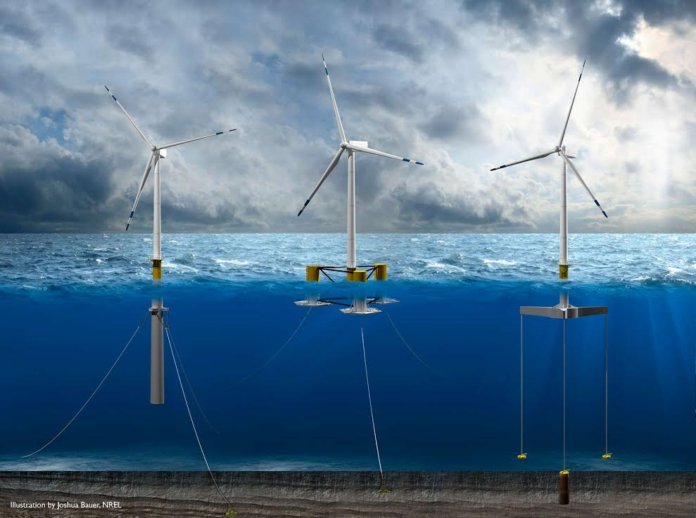DNV GL has published a revised technical standard for the design of floating wind turbine structures, DNV GL-ST-0119, and a new guideline for the certification of floating wind turbines, DNV GL-SE-0422.
Together, the two documents define design and certification requirements for floating offshore wind turbine concepts, prototypes and projects.
To ensure the new technology is adapted safely, DNV GL says it has developed the technical guidelines based on experience from research projects and verification of existing floating wind prototypes and pilot wind farms. Furthermore, the documents are built on DNV GL’s long-standing experience in the oil and gas and bottom-fixed offshore wind industry by referencing proven standards, in addition to addressing specific floating wind challenges.
“DNV GL sees a promising future for floating offshore wind with innovative concepts unlocking a major global potential for harvesting offshore wind resources,” states Kim Mørk, executive vice president of renewables certification at DNV GL. “The technology is maturing, and we have, therefore, revised the standard and launched the service document for floating wind turbines. We are confident that this will support further development of floating wind as a competitive technology for making the energy future safer, smarter and greener.”




